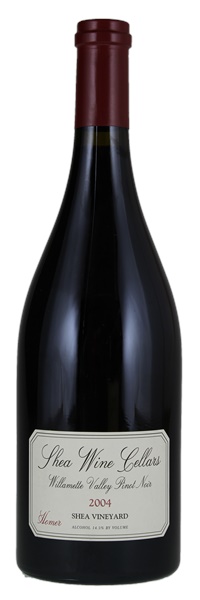
Image above is an example. To view the image of the lot, click the item number.
Estimate
Bright and juicy. A pure burst of cinnamon-scented blackberry and currant that expands into a joyful mouthful of Pinot. The finish just keeps on going, against refined tannins.
...veritable creaming of the tannins here that is enormously flattering, leading to a soothingly lingering finish... Leather, mocha, marzipan, and dried dark berries on the nose reunite on a dense, subtly chewy palate with a surprising injection of fresh fruit succulence.